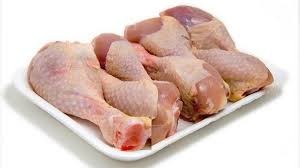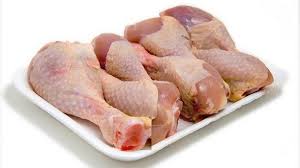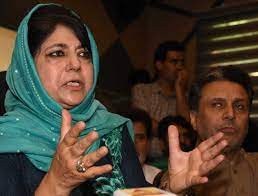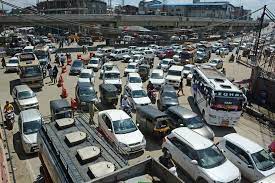At Rs 59279, J&K’s income low by 73% with Delhi, 62% with Chandigarh and Rs 55% with Haryana
What if J&K has lowest per capita net income and is also deficient in production, but it is leading in per capita consumption of food in India.
 According to the official figures, the per capita net income of Jammu and Kashmir is only Rs 59279 for the year 2013-14 at current prices which is less by at least 73 per cent compared to Delhi, 62 per cent with Chandigarh and 55 per cent with Haryana. However, no other state is consuming food especially per capita consumption of meat, poultry and milk is higher in J&K.
According to the official figures, the per capita net income of Jammu and Kashmir is only Rs 59279 for the year 2013-14 at current prices which is less by at least 73 per cent compared to Delhi, 62 per cent with Chandigarh and 55 per cent with Haryana. However, no other state is consuming food especially per capita consumption of meat, poultry and milk is higher in J&K.As per the report compiled by Economic and Statistics department, Jammu and Kashmir is lagging behind other states like Delhi, Chandigarh and Haryana.
The per capita income is calculated at Rs 59279 only when for Delhi it is Rs 2,19,979, Rs 1,56,951 for Chandigarh and Rs 1,32,089 for Haryana.
The per capita income of J&K is low by whopping Rs 1,60,700 (73%) compared with Delhi, Rs 97,672 (62%) with Chandigarh and Rs 72,810 (55%) with Haryana.
“With this per capita income, Jammu and Kashmir occupies bottom place when compared with its neighboring northern seven states and union territories,” the report reads.
The report also reveals that as a part of food habit, per capita consumption of meat, poultry and milk is higher in J&K than all India, but the state is deficient in the production thus making state to heavily rely on imports from other states.
“Due to mismatch in demand and supply of mutton, the import of sheep and goat is continuously increasing. During the period 2000 to 2010 the import of sheep and goat has increased by over 26 percent. During 2013-14, a number of 13,70,755 sheep and goat were imported as such hundreds of crores of rupees are spent on import of meat,” report said.
The report states there is huge votality between the income of the residents living in rural areas with those living in urban areas.
“The contribution to GSDP of agriculture sector which is the main stay of livelihood in rural areas has been falling to a low of around 19 percent while as contribution of tertiary sector to GSDP which is largely operated from urban areas has risen sharply to around 56 percent as per advance estimates for 2014-15,” it said.
The state is also behind on industrial front. The share of Industry to GSDP is stagnant at 24-25 percent.
“Studying the trend for last 10 years it revolves between 29 percent highest in 2007-08 and around 24 percent in 2011-12. During the period 2007-08 to 2014-15, the share of industry has decelerated by about 4 percent,” report said.






